Note: This recipe requires a bit of patience and planning, but the end result is definitely worth it! Masala Dosa is a popular South Indian delicacy that I hold near and dear to my heart. It brings back memories of my childhood, where my grandmother would spend hours in the kitchen, tirelessly preparing these delicious dosas for our family.
The Story Behind Masala Dosa
Mention the story behind Masala Dosa, its origin, and its significance. Discuss any historical events related to the dish if applicable.
Ingredients
Let’s take a look at what you’ll need to create this mouthwatering dish:
– 1 cup raw rice
– 1/2 cup urad dal (split black gram)
– 1/4 cup flattened rice (poha)
– 1/4 cup chana dal (Bengal gram)
– 1/2 teaspoon fenugreek seeds
– Salt, to taste
– Vegetables of your choice (e.g., potatoes, onions, carrots)
– 1/4 teaspoon turmeric powder
– 1 green chili, finely chopped
– 1/2 teaspoon mustard seeds
– A pinch of asafoetida (hing)
– Curry leaves, a few sprigs
– Oil, for cooking

Instructions
Step 1: Soak the Rice and Lentils
Wash the rice, urad dal, chana dal, and fenugreek seeds together and soak them in water for at least 4-5 hours. In a separate bowl, soak the flattened rice (poha) for about 30 minutes.
Step 2: Grind the Batter
Drain the soaked rice, lentils, and fenugreek seeds. Grind them in a blender or wet grinder until you get a smooth, fine batter. Add water as needed to achieve the desired consistency. Next, add the soaked flattened rice (poha) to the blender and grind again until well incorporated into the batter.
Step 3: Ferment the Batter
Transfer the batter to a large bowl and add salt. Mix well and cover the bowl with a clean cloth. Allow the batter to ferment overnight or for at least 8-10 hours. The fermentation process adds a slight tangy flavor to the dosas and makes them light and crisp.
Step 4: Prepare the Masala Filling
Peel and boil the potatoes until tender. Once cooked, mash them using a fork or potato masher. Heat some oil in a pan and add mustard seeds. When they start to splutter, add asafoetida (hing), curry leaves, and green chili. Sauté for a minute and then add turmeric powder. Finally, add the mashed potatoes, season with salt, and mix well. Cook for a few minutes until the flavors meld together. You can also sauté other vegetables like onions and carrots alongside the potatoes for added texture and flavor to the filling.
Step 5: Make the Dosas
Heat a non-stick dosa pan or skillet over medium heat. Once hot, spread a few drops of oil on the pan, and with a ladle, pour 1/4 to 1/2 cup of the fermented dosa batter in the center of the pan. Using the back of the ladle, spread the batter in a circular motion to form a thin pancake. Drizzle a little oil around the edges to enhance the crispness.
Step 6: Add the Masala Filling
Place a portion of the prepared masala filling on one half of the dosa. Gently fold the dosa over the filling, creating a semi-circular shape. Press down lightly to seal the edges.
Step 7: Serve and Enjoy
Repeat the process with the remaining batter and filling until you have a stack of delicious masala dosas ready to be devoured. Serve hot with your favorite chutney, such as coconut or tomato, and savor the delightful combination of flavors and textures.
Tips and Variations:
- For a healthier twist, try using a brown rice and lentil combination instead of white rice.
- You can add finely chopped coriander leaves and grated coconut to the dosa batter for added freshness and flavor.
- Experiment with the masala filling by adding other vegetables like bell peppers or peas.
- If you like a spicy kick, sprinkle some gunpowder (powdered chilies and lentils) or red chili powder on the dosa before serving.
- Make mini dosas for bite-sized appetizers or serve them as part of a brunch buffet.
- Leftover dosa batter can be stored in the refrigerator for up to 2-3 days.
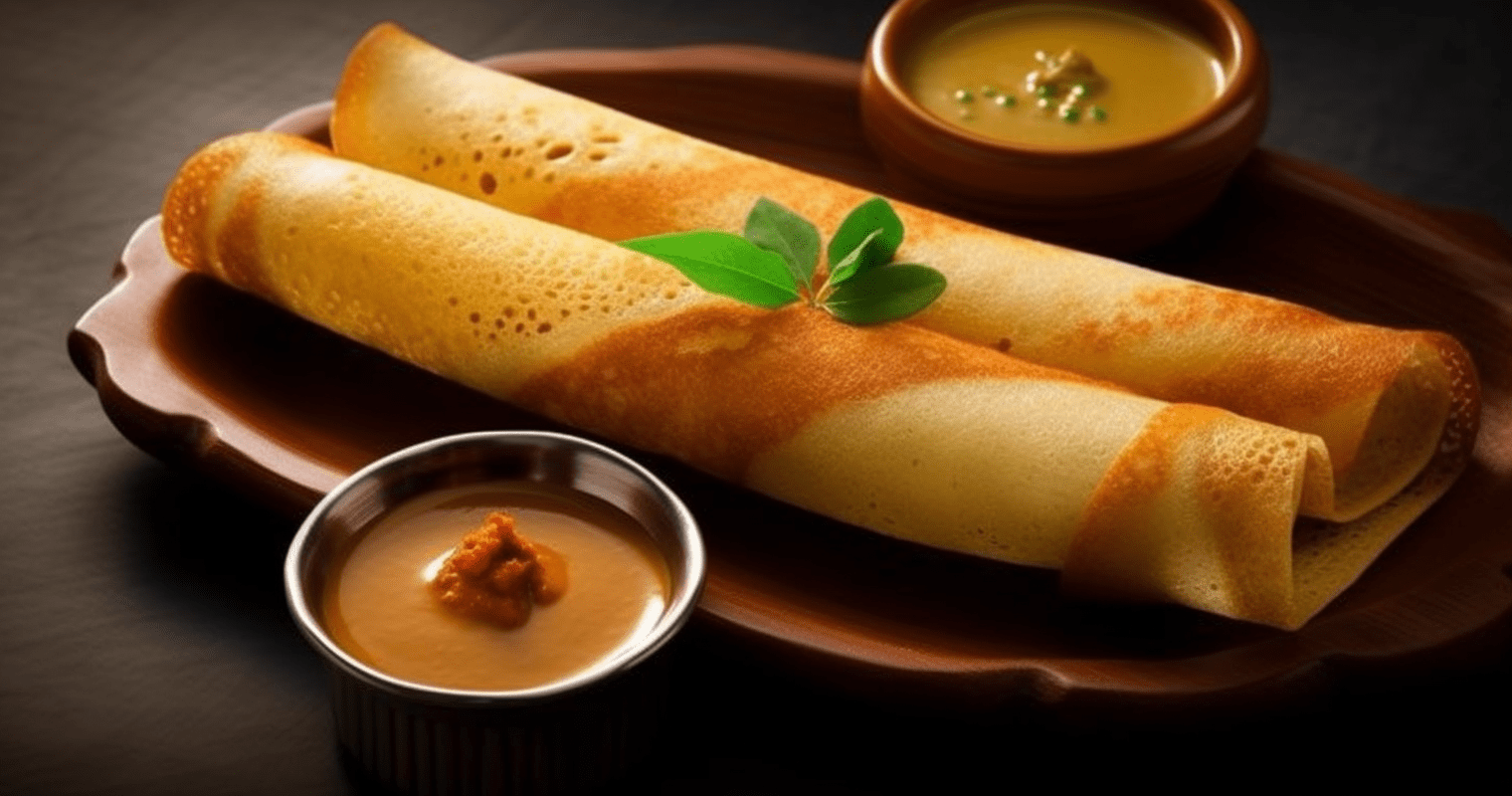
With its crispy texture, savory filling, and delicious flavors, Masala Dosa is a truly iconic dish that has stood the test of time. Whether you have it for breakfast, lunch, or dinner, this South Indian delicacy never fails to satisfy. I hope you enjoy making and savoring this traditional recipe as much as I do. Happy cooking!
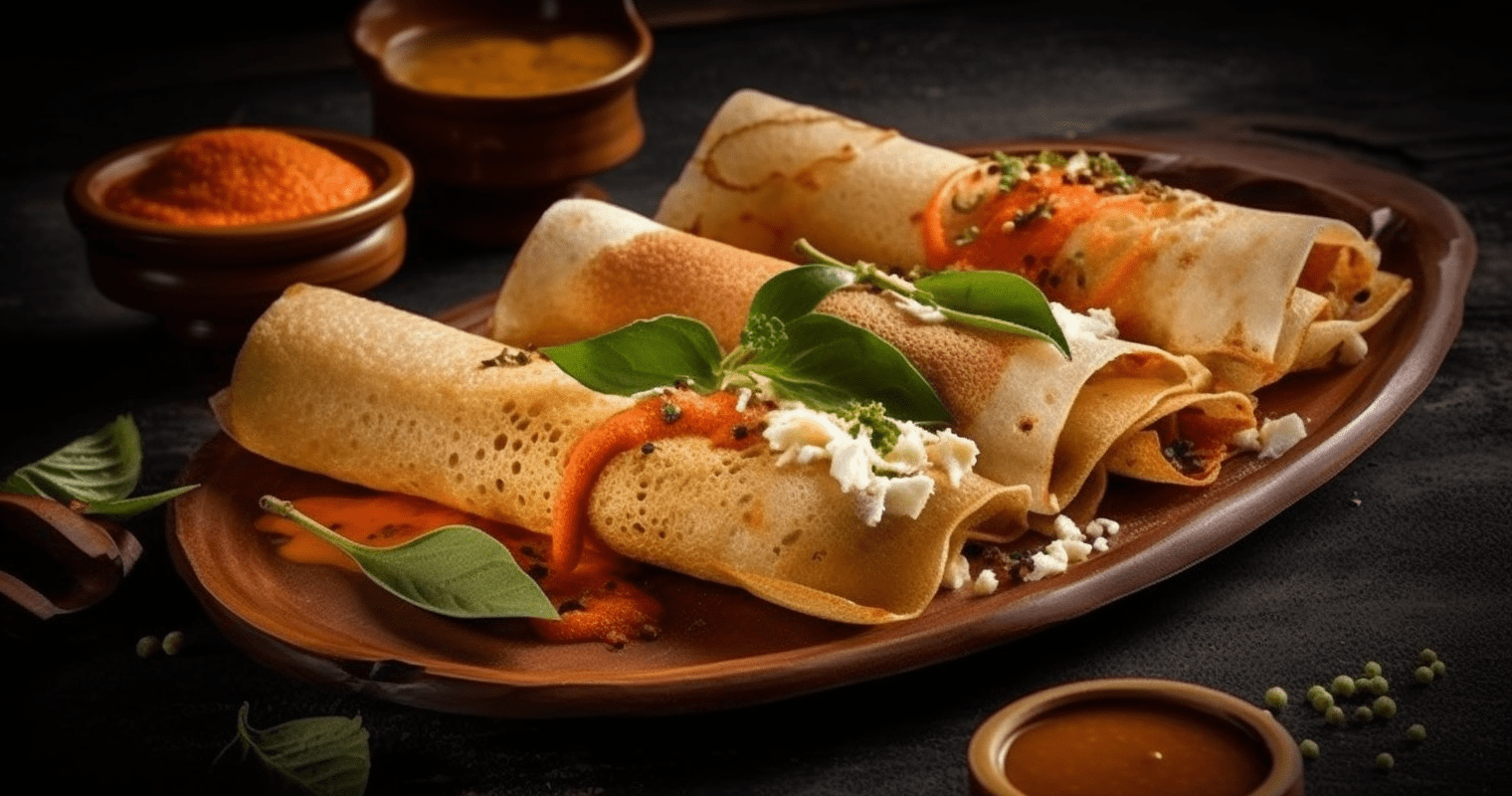
Nutrition Facts
| Amount Per Serving | ||
|---|---|---|
| Calories | 320 | |
| % Daily Value* | ||
| Total Fat 15g | 23% | |
| Saturated Fat 2g | 10% | |
| Trans Fat 0g | ||
| Cholesterol 0mg | 0% | |
| Sodium 520mg | 22% | |
| Total Carbohydrate 42g | 17% | |
| Dietary Fiber 3g | 12% | |
| Sugars 1g | ||
| Protein 5g | ||
| Vitamin A 0% | Vitamin C 2% | |
| Calcium 2% | Iron 10% | |
* Percent Daily Values are based on a 2,000 calorie diet. Your daily values may be higher or lower depending on your calorie needs:
| Calories: | 2,000 | 2,500 | ||
|---|---|---|---|---|
| Total Fat | Less than | 65g | 80g | |
| Saturated Fat | Less than | 20g | 25g | |
| Cholesterol | Less than | 300mg | 300 mg | |
| Sodium | Less than | 2,400mg | 2,400mg | |
| Total Carbohydrate | 300g | 375g | ||
| Dietary Fiber | 25g | 30g | ||

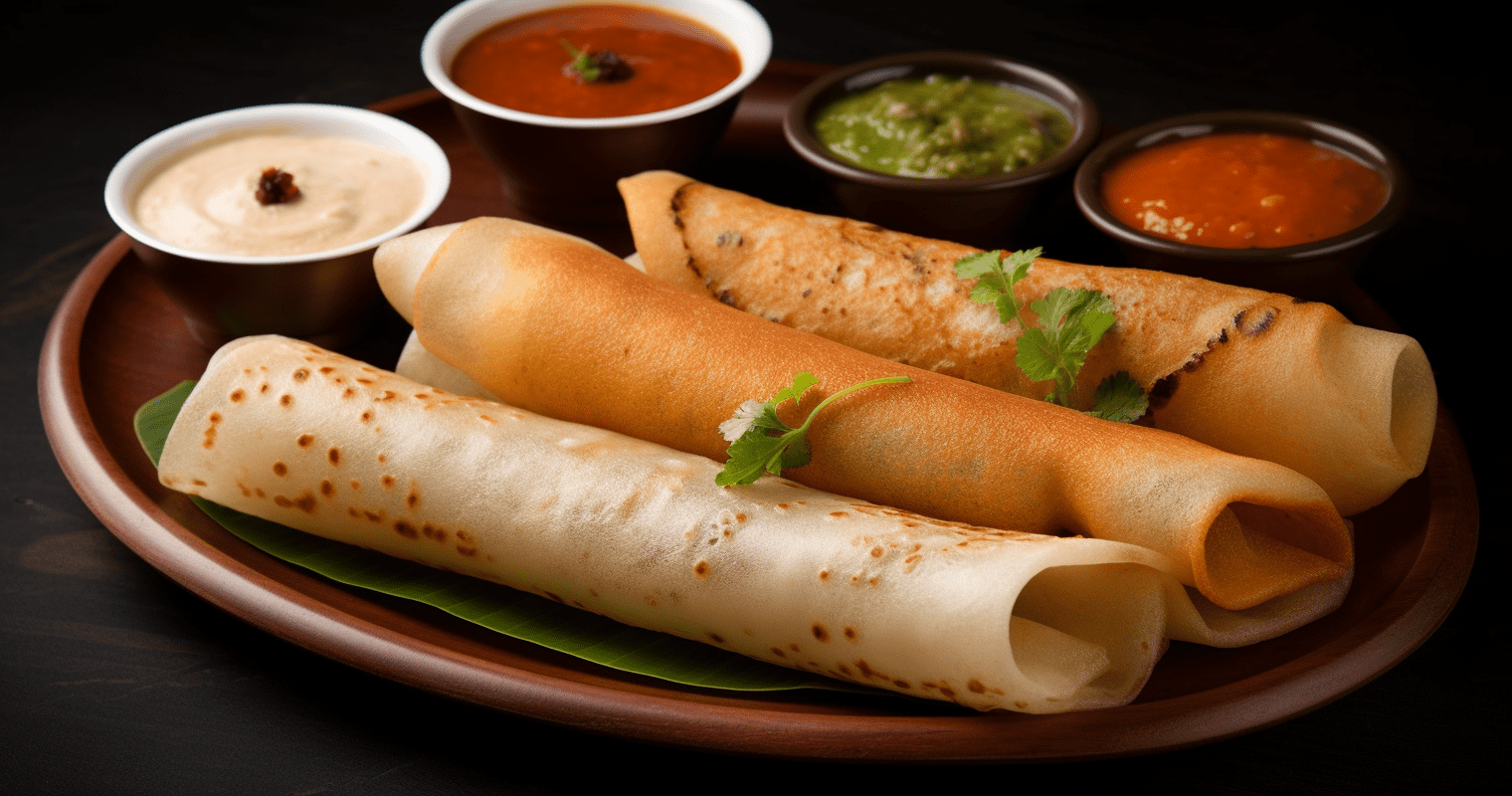


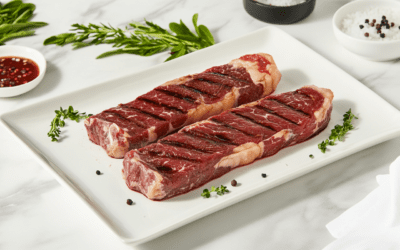
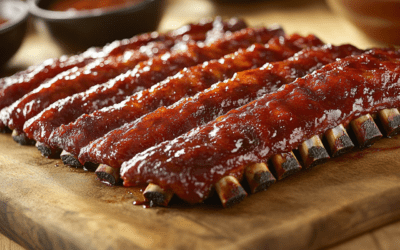
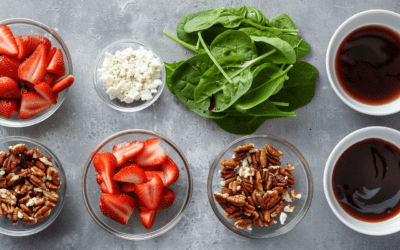
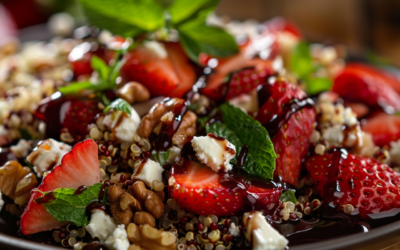
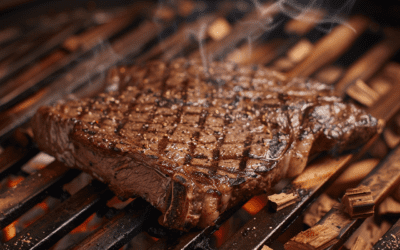

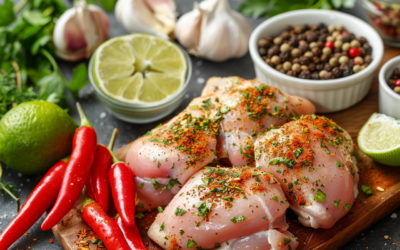
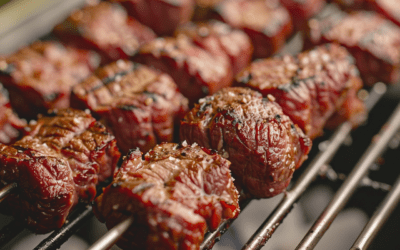
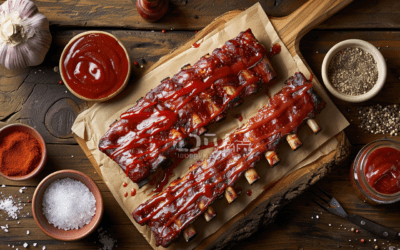

0 Comments